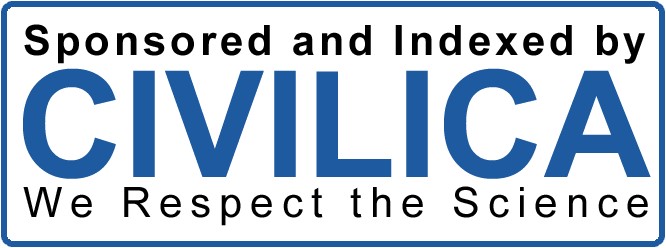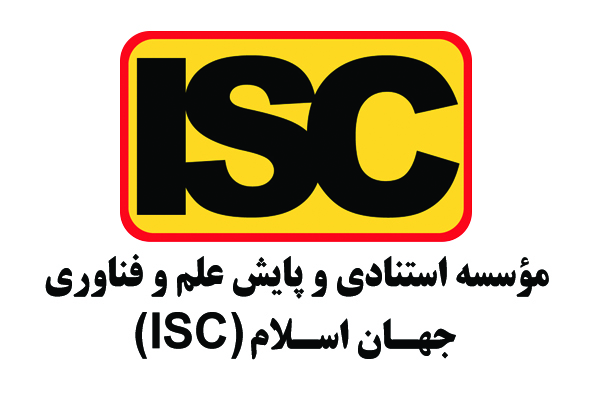طراحی الگوی مدیریت فرصتهای استراتژیک با بهرهگیری از تجربیات توسعه در کشورهای صنعتی تجاری منتخب (چین، ژاپن و کرهجنوبی)
کلمات کلیدی:
فرصتهای استراتژیک, فراترکیب, تجربههای جهانی, فرصتیابی استراتژیک, راهیابی استراتژیکچکیده
برجستهترین تحول اقتصادی در پنجاه سال اخیر پیشرفت خیره کننده جوامع شرق آسیا علیرغم جنگ و ناآرامی و فقدان هرگونه شالوده صنعتی در گذشته نه چندان دور این کشورها است. پژوهشهای بسیاری در این خصوص صورت گرفته و نتایج متعددی نیز گزارش شدهاست، اما الگوی منسجمی در این باره وجود ندارد. پژوهش حاضر با هدف ارائه یک دیدگاه کلی و طراحی مدلی منسجم با توجه به تجربیات موثر کشورهای منتخب شرق آسیا در استفاده از فرصتهای استراتژیک برای استفاده سایر ملل نگاشته شدهاست. این تحقیق نمونهای از فراترکیب به روش سندلوسکی و ﺑﺎروسو است که در مطالعات تحلیل محتوا گنجانده شده است و از جهت هدف در زمره پژوهشهای کاربردی و از جهت نحوه بهدست آوردن دادهها در زمره پژوهشهای توصیفی است. بر اساس یافتهها، 110 مولفه در قالب 14 حیطه و 4 بٌعد استخراج شد و در نهایت، نتایج بدستآمده در غالب مدل مفهومی ارائه گردید. باتوجه به نتایج پژوهش، مدلی برای مدیریت فرصتهای استراتژیک ارائه شد. براین اساس مشخص گردید. نتایج مدیریت فرصتهای استراتژیک در نتیجهی مداخله دولت، اصلاح زیرساختها، توسعه صنعت و تجارت و همچنین توانمندسازی نیروی انسانی منجر به توسعه اقتصادی کشورهای صنعتی تجاری شرق آسیا شده است.
دانلودها
مراجع
Ananda, M. O., Harun, M. H. M., & Leong, T. P. (2023). Book Review: Big Data-How the Information Revolution is
Transforming Our Lives. International Journal of Business and Technology Management, 5(2), 278-281.
https://myjms.mohe.gov.my/index.php/ijbtm/article/view/23340
Baccini, L., Impullitti, G., & Malesky, E. Globalisation and State Capitalism: Assessing the Effects of Vietnam’s WTO
Entry. In: VOX CEPR POLICY PORTAL (May 17, 2019), https://voxeu. org/article ….
Danju, I., Maasoglu, Y., & Maasoglu, N. (2014). The East Asian Model of Economic Development and Developing
Countries. Procedia - Social and Behavioral Sciences, 109, 1168-1173. https://doi.org/10.1016/j.sbspro.2013.12.606
Fuller, D. B. (2009). The Policy and Political Implications for the Developing World of China's Global Hybrid Model of
Development. APSA 2009 Toronto Meeting Paper,
Hussaini, N. (2020). Economic Growth and Higher Education in South Asian Countries: Evidence from Econometrics.
International Journal of Higher Education, 9(2), 118-125. https://eric.ed.gov/?id=EJ1240530
Kuznets, P. W. (1988). An East Asian Model of Economic Development: Japan, Taiwan, and South Korea. Economic
Development and Cultural Change, 36(S3), S11-S43. https://doi.org/10.1086/edcc.36.s3.1566537
Li, T., Li, Y., An, D., Han, Y., Xu, S., Lu, Z., & Crittenden, J. (2019). Mining of the association rules between
industrialization level and air quality to inform high-quality development in China. Journal of Environmental
Management, 246, 564-574. https://doi.org/10.1016/j.jenvman.2019.06.022
Rao, D. T., Sethi, N., Dash, D. P., & Bhujabal, P. (2020). Foreign Aid, FDI and Economic Growth in South-East Asia
and South Asia. Global Business Review, 24(1), 31-47. https://doi.org/10.1177/0972150919890957
Schmidt, J. D. (1996). Models of Dirigisme in East Asia: Perspectives for Eastern Europe. In J. Hersh & J. D. Schmidt
(Eds.), The Aftermath of ‘Real Existing Socialism’ in Eastern Europe: Volume 1: Between Western Europe and East
Asia (pp. 196-216). Palgrave Macmillan UK. https://doi.org/10.1007/978-1-349-14155-5_13
Sohn, C.-H. (2005). DOES THE GRAVITY MODEL EXPLAIN SOUTH KOREA'S TRADE FLOWS? The Japanese
Economic Review, 56(4), 417-430. https://doi.org/10.1111/j.1468-5876.2005.00338.x
Sołoducho-Pelc, L. (2015). Searching for Opportunities for Development and Innovations in the Strategic Management
Process. Procedia - Social and Behavioral Sciences, 210, 77-86. https://doi.org/10.1016/j.sbspro.2015.11.331
Sun, X., Wang, W., Pang, J., Liu, X., & Zhang, M. (2021). Study on the evolutionary game of central government and
local governments under central environmental supervision system. Journal of Cleaner Production, 296, 126574.
https://doi.org/10.1016/j.jclepro.2021.126574
Tajpour, M., Hosseini, E., & Moghaddm, A. (2018). The effect of managers strategic thinking on opportunity
exploitation. Scholedge International Journal of Multidisciplinary & Allied Studies, 5(6), 68-81.
c1d3956f45/The-Effect-of-Managers-Strategic-Thinking-on-OpportunityExploitation.pdf?origin=journalDetail&_tp=eyJwYWdlIjoiam91cm5hbERldGFpbCJ9
van Niekerk, E. J., & van Niekerk, P. d. P. (2006). Strategic management in South African education: The leadership
dimension. Africa Education Review, 3(1-2), 84-99. https://doi.org/10.1080/18146620608540444
Wulder, M. A., White, J. C., Loveland, T. R., Woodcock, C. E., Belward, A. S., Cohen, W. B., Fosnight, E. A., Shaw, J.,
Masek, J. G., & Roy, D. P. (2016). The global Landsat archive: Status, consolidation, and direction. Remote Sensing
of Environment, 185, 271-283. https://doi.org/10.1016/j.rse.2015.11.032
Xue, B., Mitchell, B., Geng, Y., Ren, W., Müller, K., Ma, Z., Puppim de Oliveira, J. A., Fujita, T., & Tobias, M. (2014).
A review on China's pollutant emissions reduction assessment. Ecological Indicators, 38, 272-278.
https://doi.org/10.1016/j.ecolind.2013.11.020
Zhou, B., Zeng, X., Jiang, L., & Xue, B. (2020). High-quality Economic Growth under the Influence of Technological
Innovation Preference in China: A Numerical Simulation from the Government Financial Perspective. Structural
Change and Economic Dynamics, 54, 163-172. https://doi.org/10.1016/j.strueco.2020.04.010

دانلود
چاپ شده
ارسال
بازنگری
پذیرش
شماره
نوع مقاله
مجوز
حق نشر 2024 تکنولوژی در کارآفرینی و مدیریت استراتژیک

این پروژه تحت مجوز بین المللی Creative Commons Attribution-NonCommercial 4.0 می باشد.










